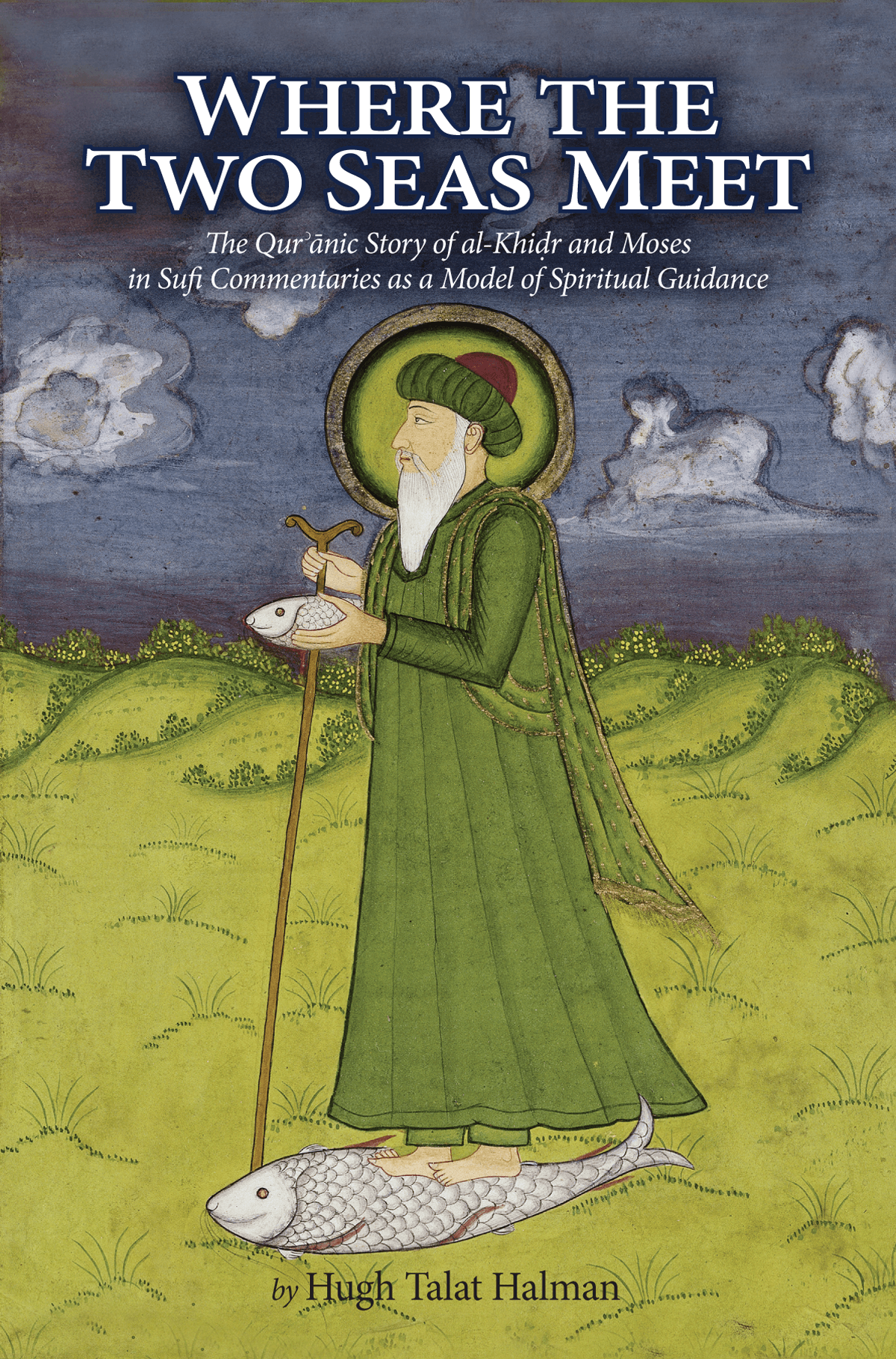The immortal Islamic Green Man, al-Khidr, has been compared to the Celtic Green Man, Hermes and the Buddha and in cultural practice to Elijah and Saint George. Al-Khidr figures prominently in the Qur’an, Hadith, hagiographies, and the Alexander Romance. He is cited by Sufi teachers, who draw wisdom from his story as the guide of Moses (Qur’an 18:60-82) about the Sufi path and spiritual authority.
This book presents the explanations of the story as shown by three medieval Sufi Qur’an commentators, al-Qushayri (986-1072), Ruzbihan Baqli (1128-1209), and al-Qashani (d. 1329), presented here in translation for the first time. In addition, it reveals al-Khidr’s special compassion and inner knowledge (‘ilm al-ladduni) as divine inspiration distinct from conceptual knowledge and as a model of the mentoring master (shaykh al-suhba), who is distincet from the instructing master (shaykh al-ta‘lim) discussed in hadith, Qur’an commentaries, and hagiographies. The master-disciple relationship, particularly the role of companionship (suhba) and manners (adab) is central.
Where Two Seas Meet also includes important Sufi stories, including those of Rumi, Hafiz, and Ibn ‘Arabi. It then explores the story in light of cultural anthropologist Ernest Becker’s theory of human death-denial through the aspiration for both physical and symbolic immortality. This book will empower people in understanding and navigating the dynamics of the master-disciple relationship and learn to value that relationship, deal with death-anxiety, and understand and pursue the quest for symbolic immortality at the heart of our lives. This book opens a conversation about a story that has been more acclaimed than studied, more valorized than examined, more revered than understood, and illuminates the dynamics of the master-disciple relationship and our relationship to death and dying and the quest for immortality.
[Moses] found one of Our servants – a man to whom we had granted Our mercy and whom We had given knowledge from Our own. – Qur’an (Kahf) 18:65 Blessed is the one who finds such a “servant” and who holds the story of Moses and al-Khidr in his heart, and makes it his Imam. – Shams-i Tabrizi
LINK TO INTERVIEW WITH HUGH TALAT HALMAN:
